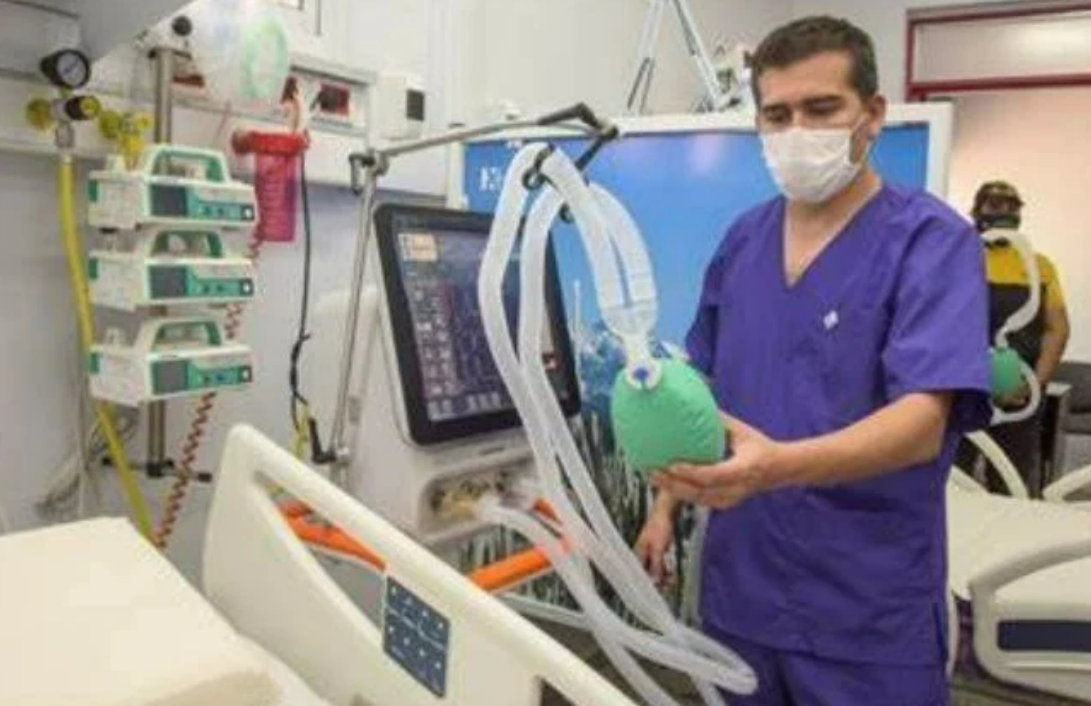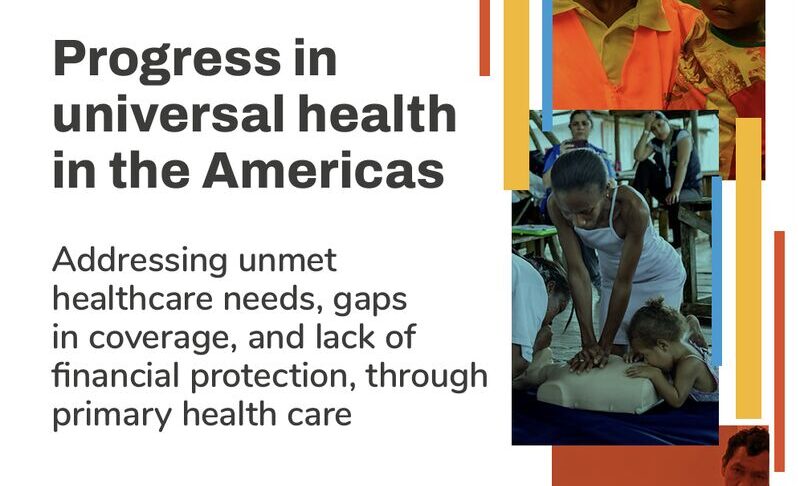Argentina has health care professionals of recognized high quality, operating within a complex health care system. How can we ensure that the designated resources and member contributions are used efficiently and equitably?
In the region, Argentina is recognized for the high quality of its healthcare professionals, with people from neighboring countries seeking treatment in the country. The debate on the financing, management and delivery of healthcare in Argentina is still ongoing, with three main pillars underpinning the system, as discussed by Juan M. Ibarguren in MDZ Online.
First, the public subsystem, which is financed by taxes at the national, provincial and municipal levels, and represents about 2.7% of the country’s GDP, equivalent to US$ 16.575 billion per year [nota bene: year and source of these data unknown as they do not come from the WHO database]. These resources are managed by the national and provincial ministries of health and are implemented through public hospitals and primary care centers.
Second, the Social Security subsystem in Argentina is financed by salary contributions and employer contributions. This approach is not unique globally, but the specific characteristics of the system make it a distinctive element of the Argentine healthcare landscape.
The third pillar is the private subsystem, which for the most part is financed by patients’ out-of-pocket spending. In 2022, out-of-pocket spending as a percentage of current health spending in Argentina was 26.4% . This out-of-pocket spending is recognized as a potential source of inequities and catastrophic spending.
The key question according to the author is: how can Argentina ensure that these resources are used in the most effective way to provide equitable, high-quality healthcare for all citizens?



